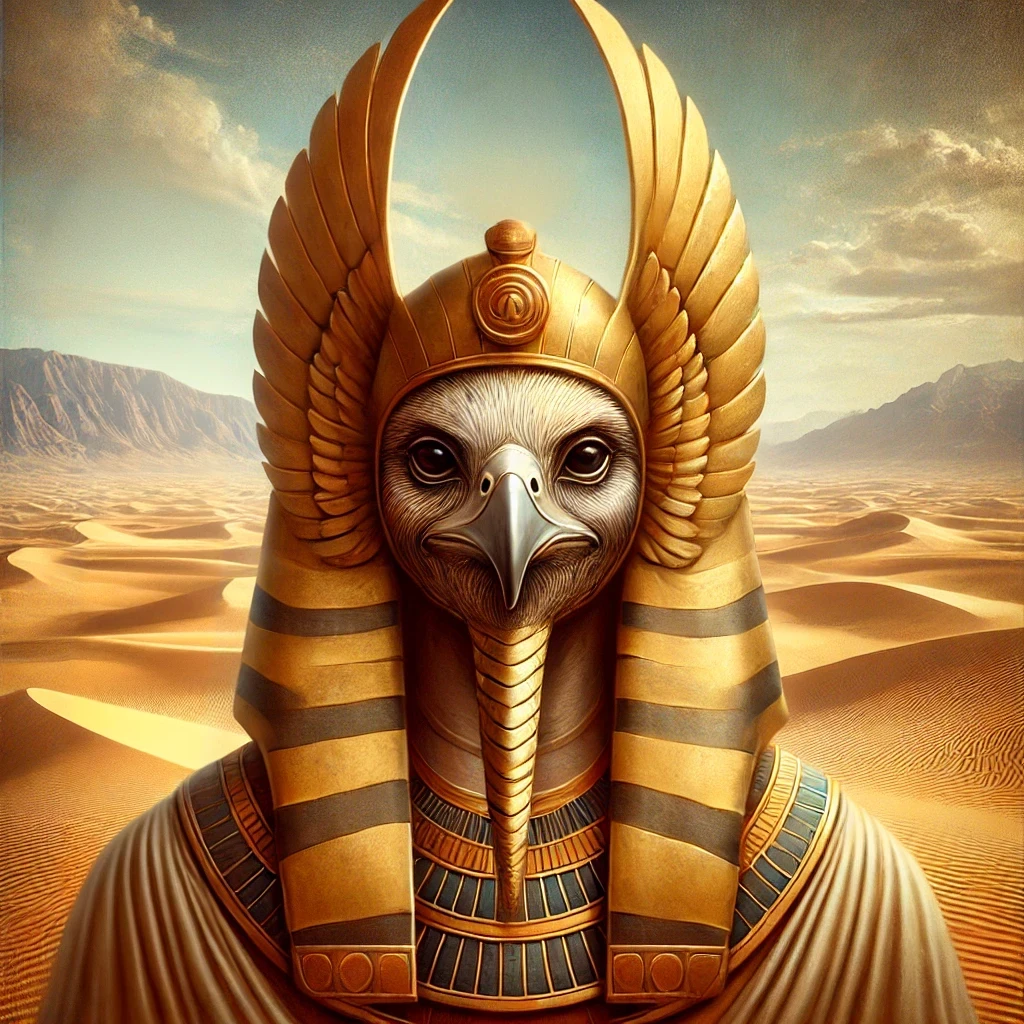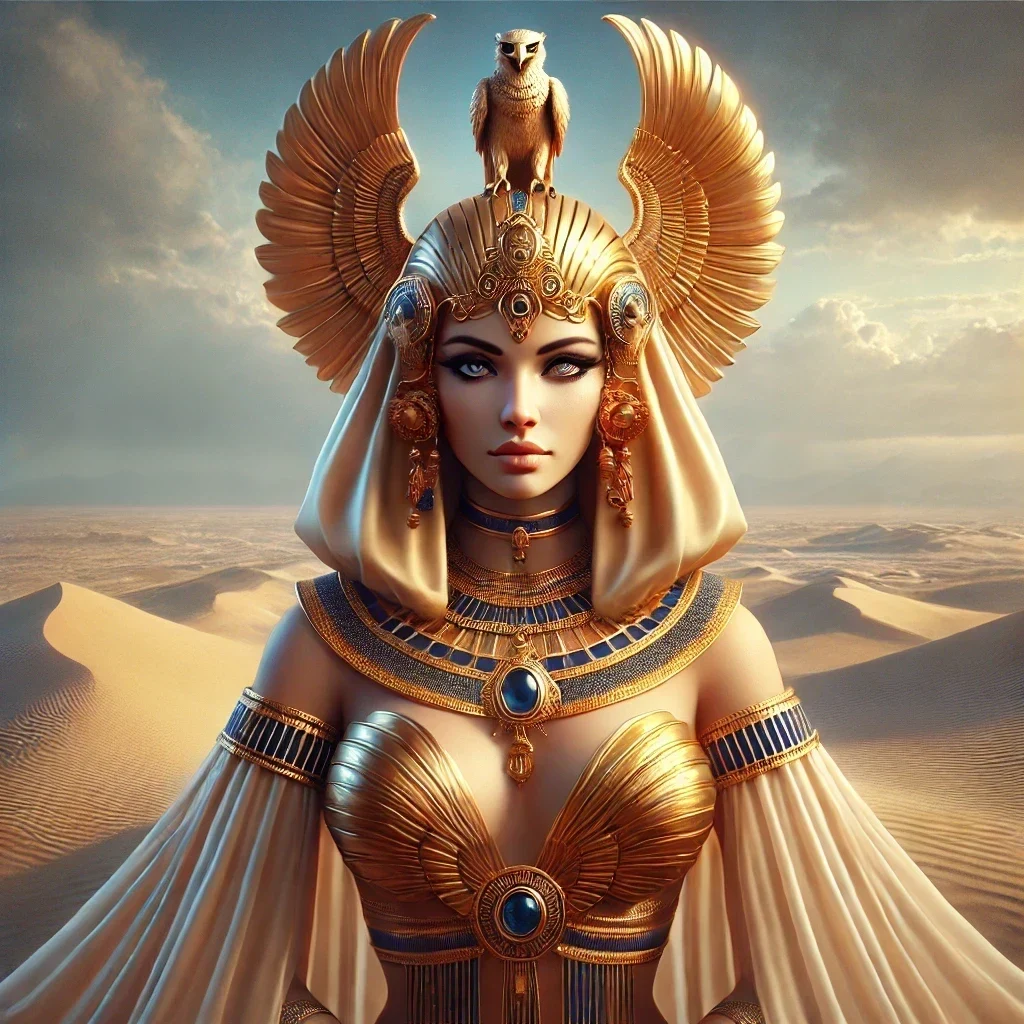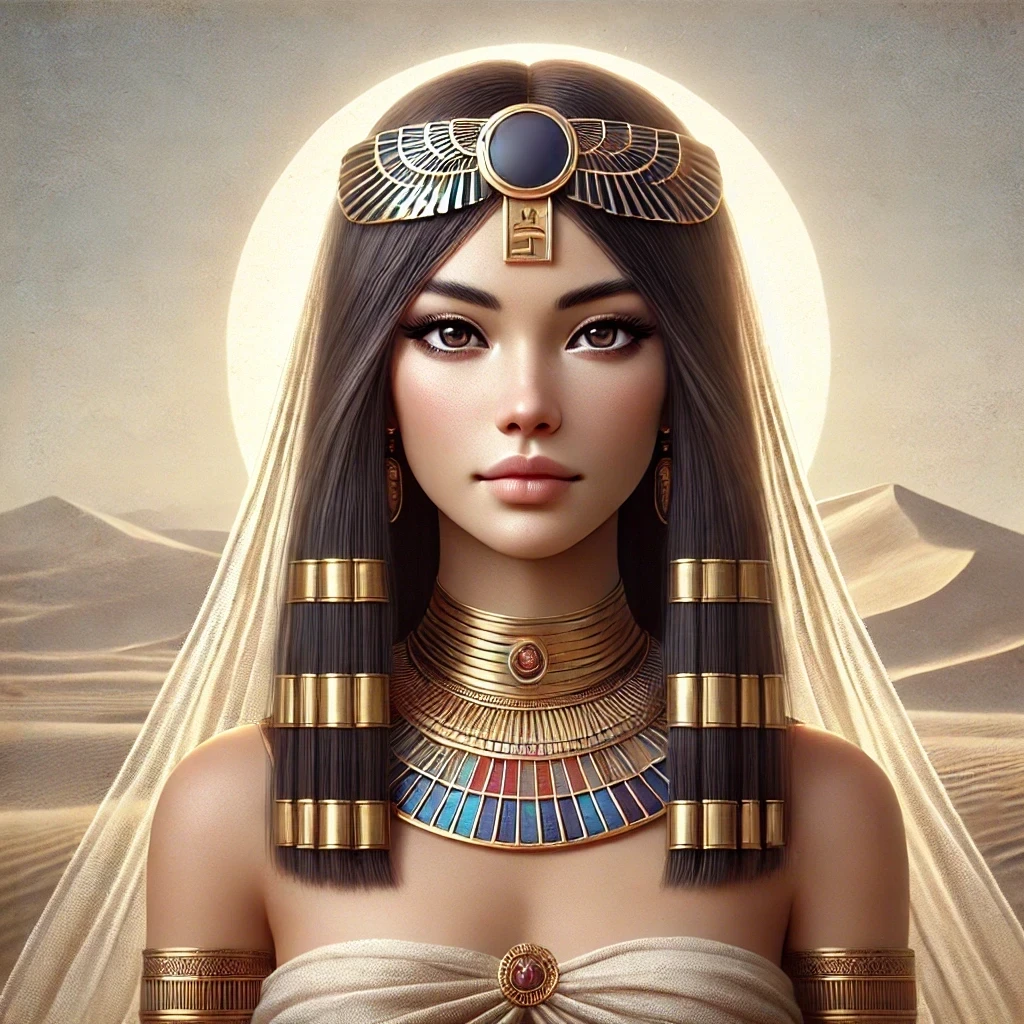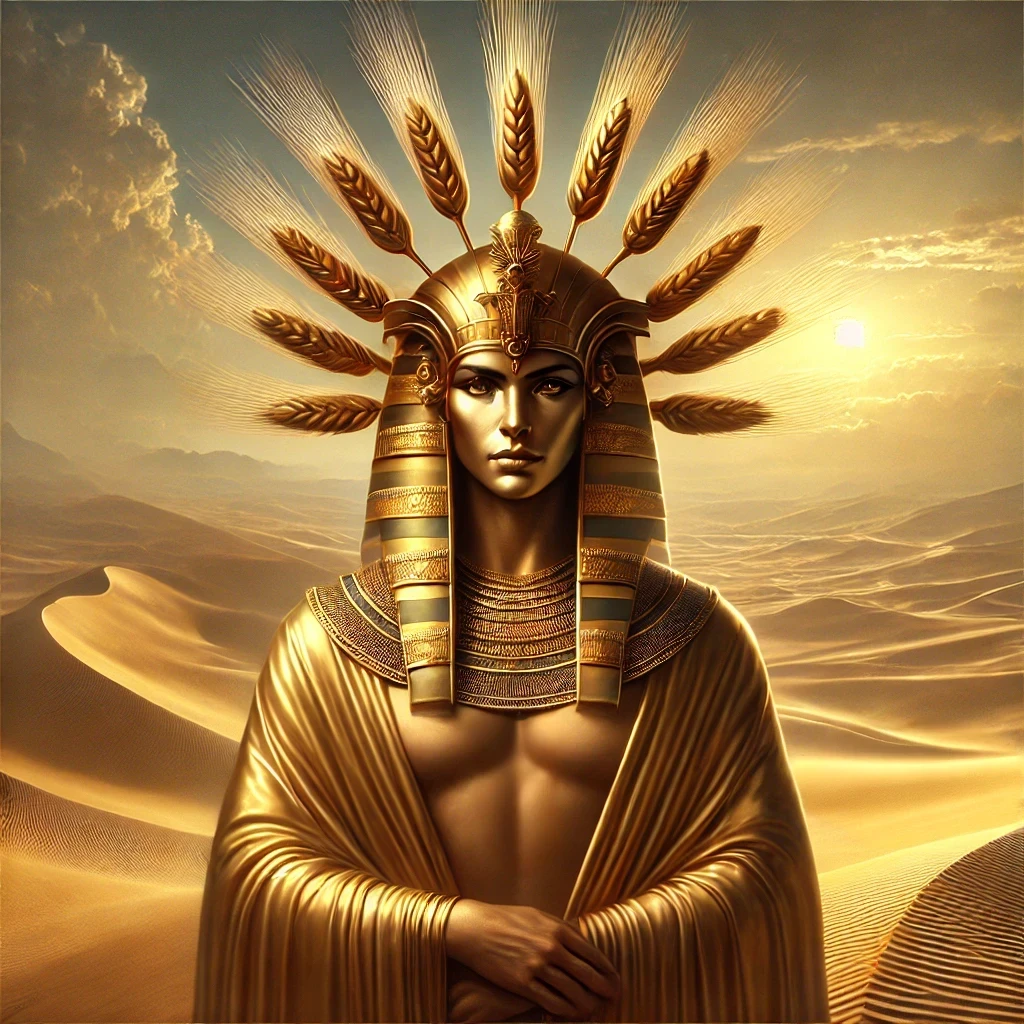Nemty, also known as Nemti or Nemty-nakht and Antaeus in Greek, was an ancient Egyptian deity primarily associated with ferrying souls and symbolizing divine justice. This enigmatic figure played a pivotal role in Egyptian mythology, often depicted as a falcon or a man with a falcon head. Nemty’s name, which translates to “He Who Travels,” reflects his association with movement, travel, and passage. He was also revered as “The Divine Ferryman,” signifying his role in transporting gods, mortals, and souls across celestial waters.
Origins
Historical Roots
The roots of Nemty’s worship trace back to the Old Kingdom, where he initially emerged as a regional deity in Middle Egypt, particularly around the area of Antaeopolis (modern-day Qaw El-Kebir). As the deity’s role expanded, his association with ferrying duties became emblematic of his purpose in both the mortal and divine realms.
Evolution of Worship
Over time, Nemty’s role evolved beyond local worship. In certain myths, he acted as an intermediary between humans and gods, reflecting broader themes of mediation and balance in Egyptian theology. His cult waned during the Middle Kingdom but left a legacy in later texts, where he was often linked to stories involving judgment and passage.
Appearance
Depictions in Art
Nemty is typically depicted as a man with the head of a falcon, a common symbol in Egyptian iconography denoting speed and divine authority. Unlike Horus or Ra, however, his falcon form often carries distinguishing markers, such as a simple kilt and a headdress representing his regional origins.
Iconography Variations
Some depictions present him in a purely human form, wielding a pole or oar—tools of his trade as a divine ferryman. These artistic representations underscore his practical role within the pantheon, emphasizing his function over grandeur.
Abilities
Divine Ferryman
As the “Ferryman of the Gods,” Nemty possessed unparalleled skills in navigating both physical and metaphysical waters. His mastery of ferrying extended to transporting deities and mortals across sacred rivers, such as the Nile and its divine counterpart in the afterlife.
Protector of Passage
In addition to his transport duties, Nemty was considered a guardian of safe passage. Myths suggest he could manipulate water and currents, ensuring a smooth journey for those under his care. This ability highlights his protective nature and reinforces his role as a mediator.
Myths
The Controversy of Nemty’s Betrayal
One of the most notable tales involving Nemty is his role in the myth of Horus and Set. According to this story, Nemty’s refusal to ferry Set across the Nile without payment led to divine conflict. This episode is often interpreted as a cautionary tale about loyalty and the responsibilities of divine servitude.
Role in the Afterlife
Nemty also features in texts concerning the journey of the deceased. As a ferryman, he was sometimes invoked to transport souls across the dangerous waters of the Duat (the Egyptian underworld). His role here mirrors the broader cultural importance of safe passage and protection in Egyptian funerary practices.
Symbolism
Emblematic of Transition
Nemty embodies the concept of transition, both physical and spiritual. His role as a ferryman symbolizes the crossing of boundaries—between life and death, mortal and divine, chaos and order.
Sacred Objects
The oar and ferry are the most iconic symbols associated with Nemty. These objects represent not only his function but also broader themes of guidance and facilitation within Egyptian cosmology.
Relationships
Connections to Other Deities
Nemty is often depicted in myths involving major gods such as Ra and Osiris. His relationship with Ra highlights his role as a servant to the divine hierarchy, while his association with Osiris underscores his function within the framework of the afterlife.
Linked Creatures and Symbols
The falcon, a recurring motif in Egyptian mythology, is closely tied to Nemty, representing his divine authority and swiftness. Additionally, waterfowl are occasionally associated with him, symbolizing his connection to waterways and transitions.
Trivia
- Nemty’s name means “He Who Travels,” reflecting his primary role in Egyptian mythology.
- Despite his relatively minor status, his depiction in the Pyramid Texts signifies his early importance in religious rites.
- Nemty’s refusal to ferry Set for free in the Horus-Set myth may reflect societal norms about reciprocity and fairness.
- Some scholars argue that Nemty’s falcon-headed depiction might be influenced by regional variations of Horus worship.
- In some later texts, he is conflated with other deities of transition, such as Anubis and Charon from Greek mythology.



